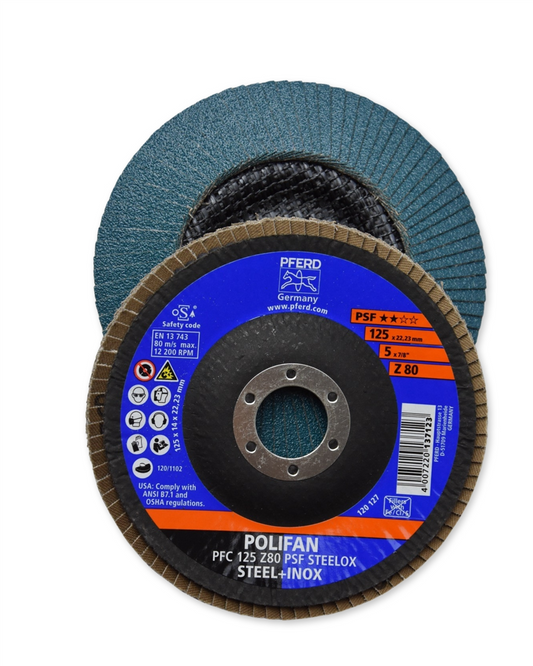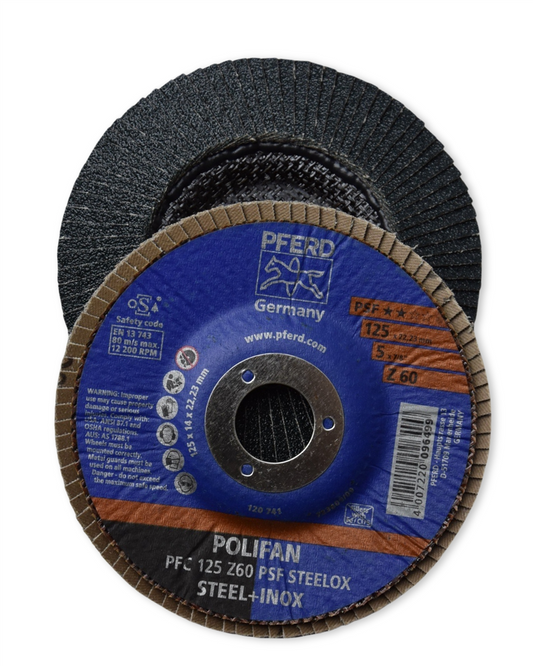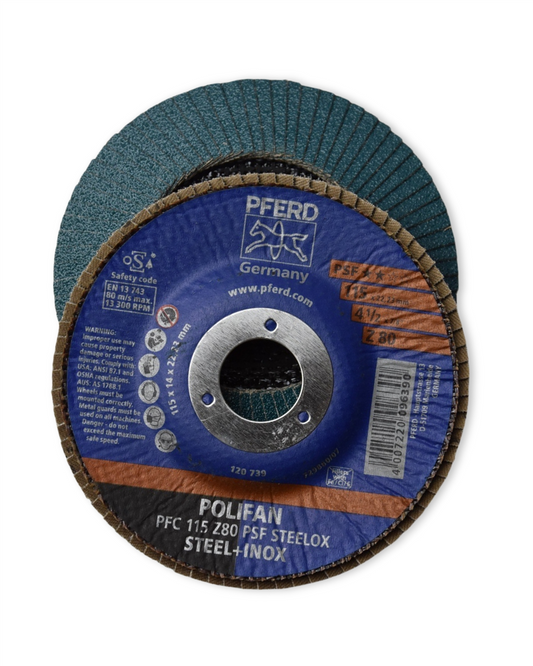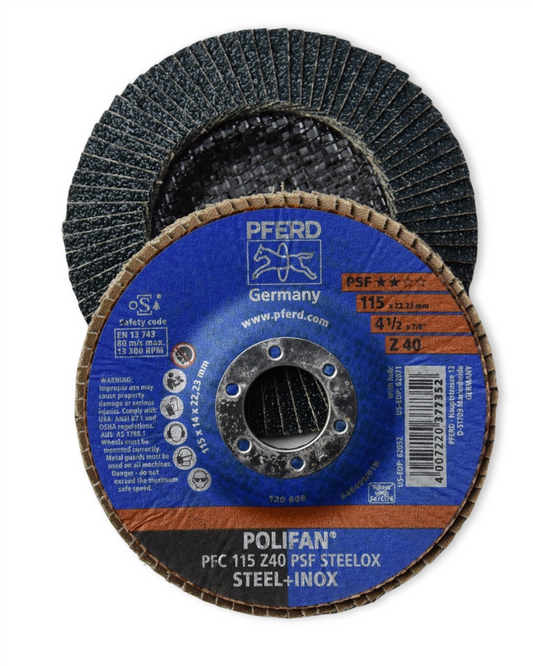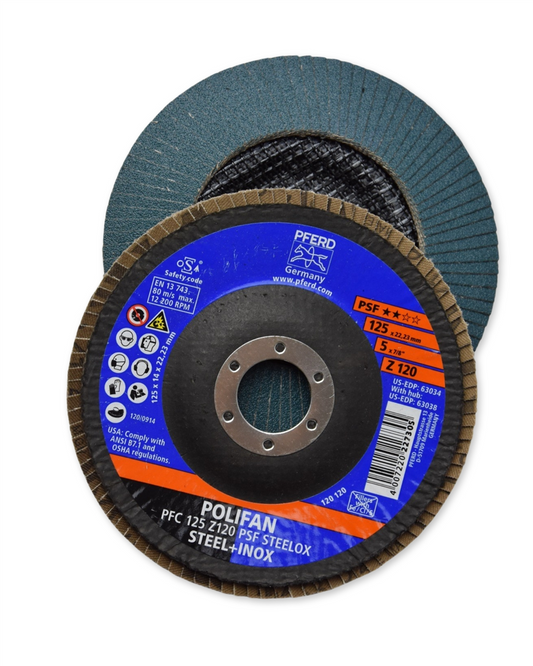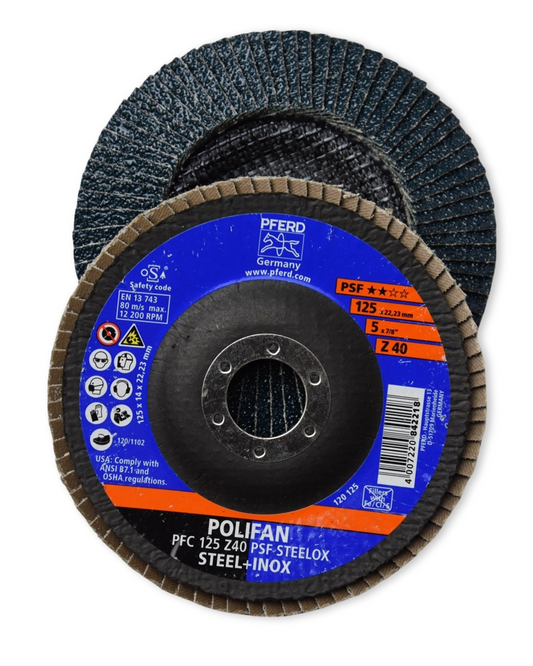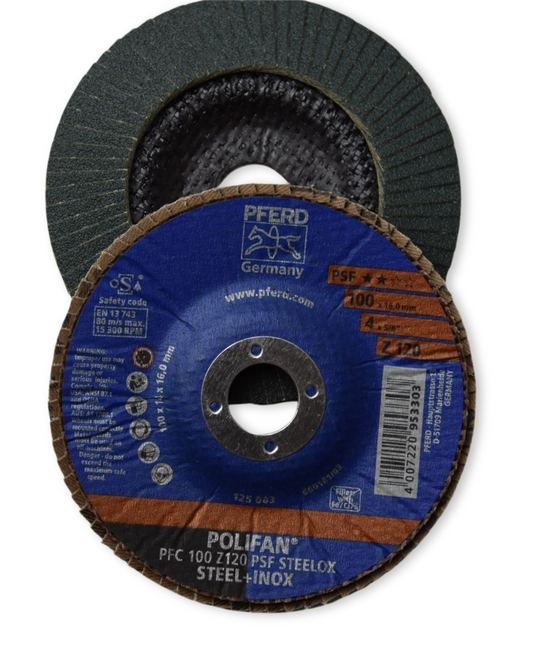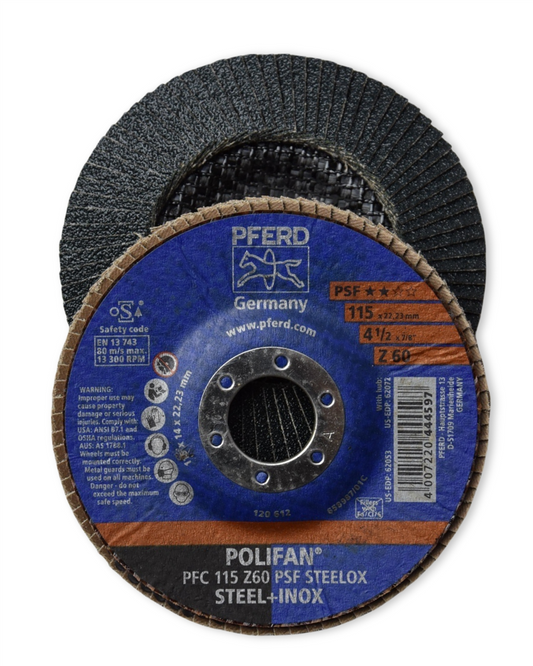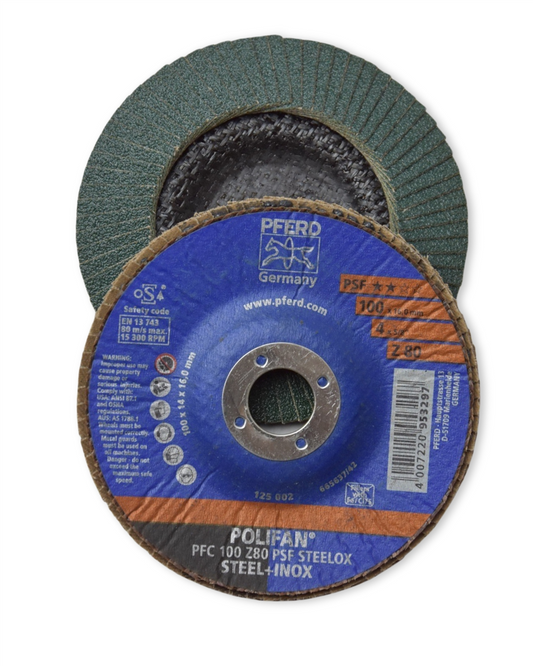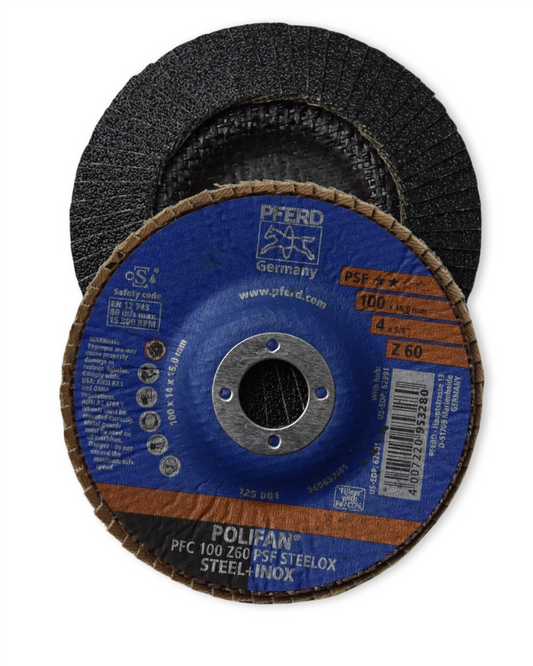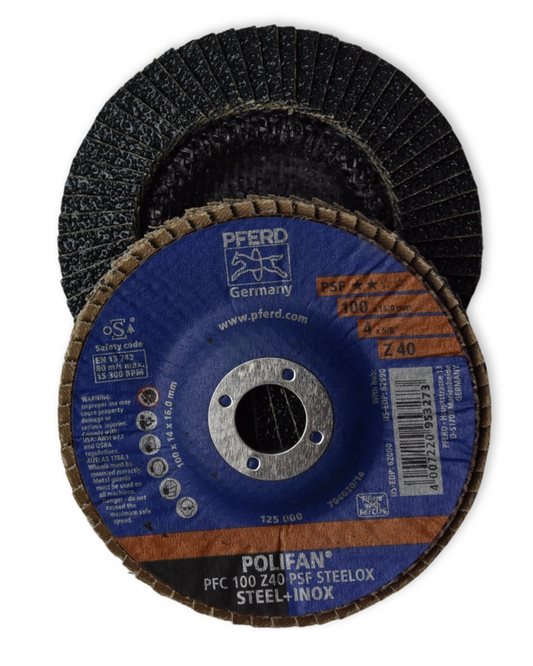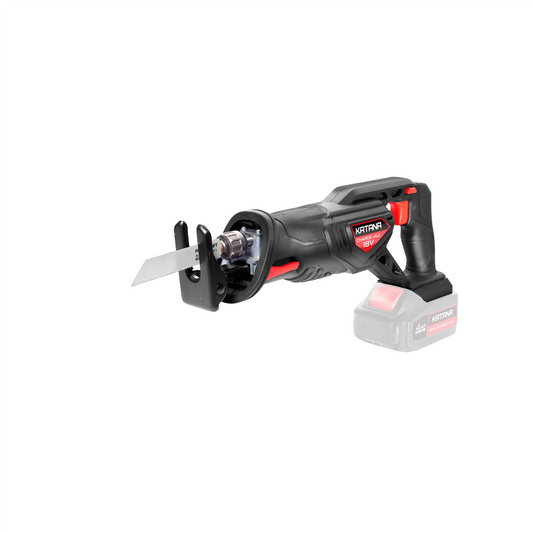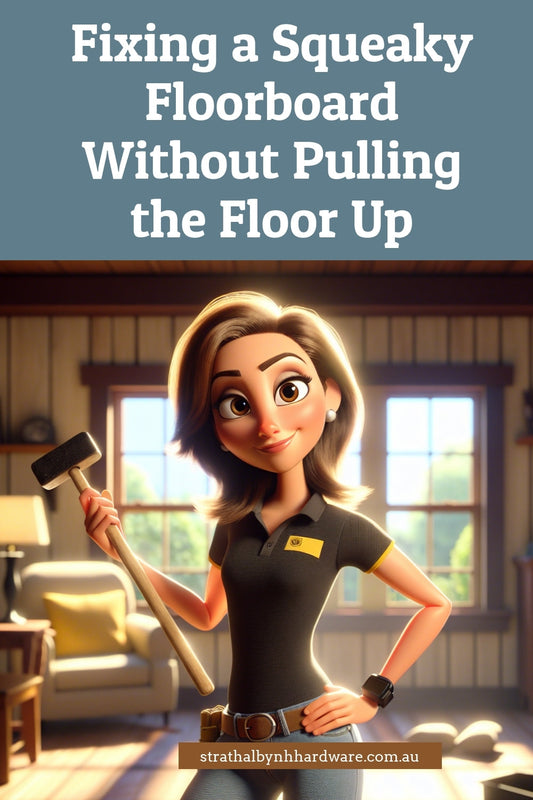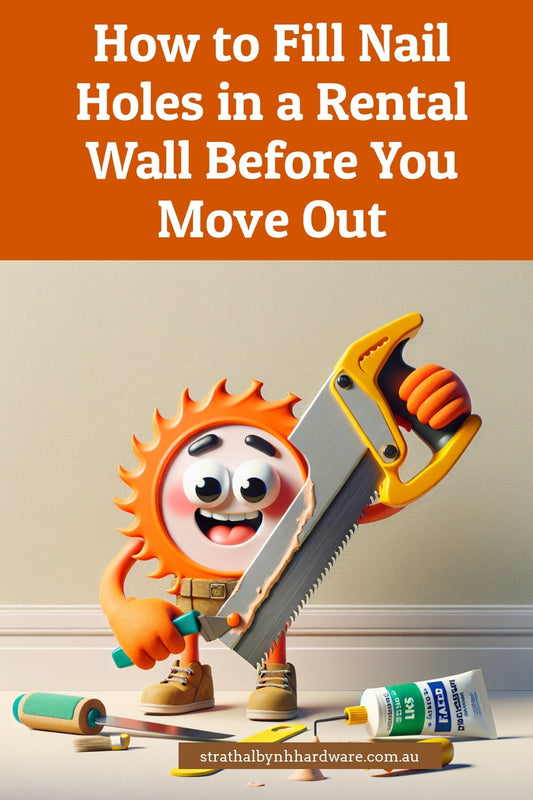How to Reinforce a Bookshelf or Storage Unit for Extra Strength
Share
Simple Ways to Make Your Bookshelf Stronger and Sturdier
There’s nothing worse than a wobbly bookshelf. One minute, it's standing proud, holding your favourite novels and trinkets, the next it's leaning dangerously, threatening to spill your precious collection onto the floor. If this sounds familiar, don't worry—you're not alone. Strengthening a bookshelf or storage unit is easier than you might think, and with a few smart tweaks, you'll have something that stands the test of time (and weight!).
Check the Materials—They Matter More Than You Think
Ever bought a cheap flat-pack shelf, only to find it bows under the weight of your books? Some materials just aren't cut out for heavy loads. Solid timber is strong and reliable, while MDF and particle board tend to sag. If you're working with the latter, you can still reinforce it to improve durability.
Add a Backing Panel for Extra Stability
Many store-bought bookshelves come with flimsy cardboard backings, doing little more than keeping dust out. Swapping that for a sheet of plywood makes a world of difference. Simply cut the board to size, attach it with screws or nails, and you’ll instantly notice a sturdier structure.
Support Those Shelves—No More Bowing!
Nothing says “I’ve overloaded my bookshelf” quite like a sagging shelf. Luckily, there are a couple of ways to fix this:
- Install additional shelf supports: You can find small metal brackets or clips to pop underneath each shelf, preventing them from bowing under pressure.
- Use a centre brace: If the shelf is particularly wide, adding a vertical support in the middle helps distribute the load evenly.
- Flip the shelves: Believe it or not, if your shelves have already started sagging, flipping them upside down can help them even out over time.
Anchor It to the Wall—Safety First
A tall bookshelf, especially one fully loaded, can easily tip over. This is a risk not worth taking, especially if you’ve got little ones running around (or pets that think scaling furniture is a sport). Securing it to the wall with brackets or anti-tip straps keeps everything upright and safe.
Upgrade the Hardware
Sometimes, the issue isn’t the shelving itself, but the tiny nails and screws holding everything together. Reinforcing connections with stronger hardware makes a huge difference. Consider replacing flimsy fasteners with wood screws or adding metal L-brackets at the corners for extra strength.
Give It a Fresh Coat of Paint or Sealant
Want both beauty and brawn? A good quality wood sealant or paint protects against moisture damage and adds an extra layer of durability. If you’re working with untreated wood, sealing it properly ensures it lasts longer and withstands wear and tear.
Know When to Upgrade
At some point, a shelf just can't be saved. If reinforcing feels like patching up an already doomed piece, it might be time to invest in something built to last. Look for quality materials, solid construction, and shelves that can handle the weight of your collection.
With these simple tricks, you can turn your wobbly shelves into rock-solid storage solutions. Got a DIY project you’re tackling? Head down to the hardware store and grab what you need—we’ll be ready with expert advice to get you sorted!
Happy building!
Candeece

Stay Connected
Follow our Facebook Page: Strathalbyn H Hardware on Facebook

